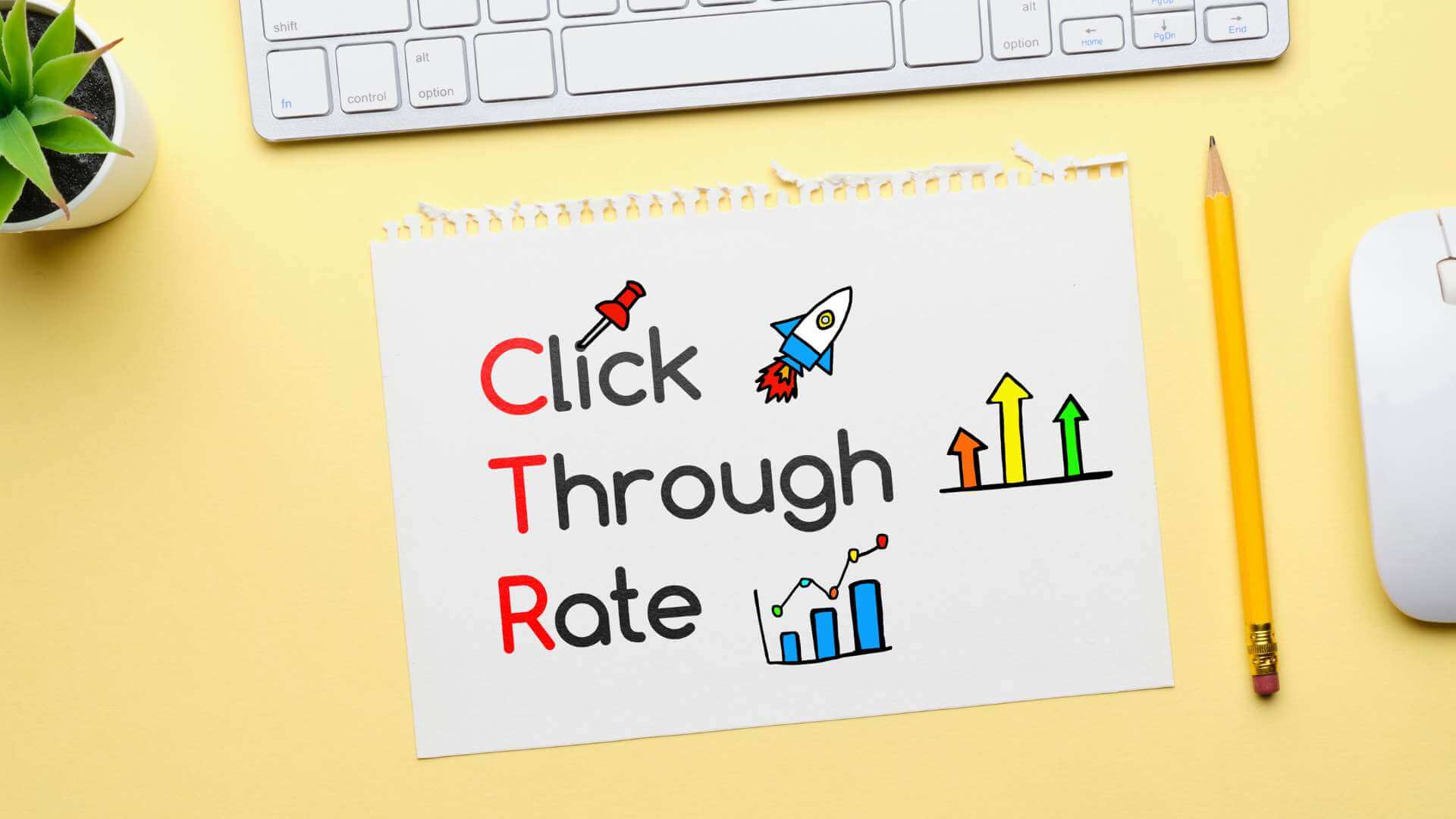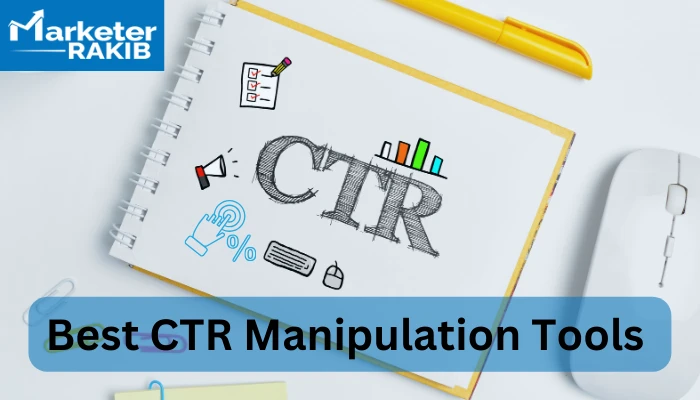Supercharge Your Link Building Efforts with LinkDaddy CTR Manipulation Knowledge
Wiki Article
Optimizing Organic Click-Through Rates With CTR Manipulation
The optimization of organic click-through prices (CTR) is a nuanced undertaking that rests on comprehending both user psychology and effective content presentation. By leveraging tactical adjustment methods, such as powerfully crafted headings and aesthetically engaging components, marketing professionals can considerably boost individual involvement. The landscape is raging with false impressions and oversimplifications concerning what truly drives CTR. As we check out the details of these approaches, it comes to be important to recognize the underlying principles that can result in continual success in catching audience attention. What really distinguishes the reliable from the inefficient in this important element of digital marketing?Understanding Click-Through Fees
Recognizing click-through rates (CTR) is crucial for reviewing the efficiency of internet marketing approaches. CTR gauges the percentage of customers that click a specific link or ad contrasted to the overall number of users that see it. A higher CTR suggests that the material is engaging and appropriate to the target market, while a reduced CTR might signify a demand for optimization.To calculate CTR, split the number of clicks by the number of impacts and multiply by 100. As an example, if an advertisement receives 300 clicks out of 10,000 perceptions, the CTR would be 3%. This statistics is crucial for examining different components of electronic advertising and marketing, consisting of search engine optimization (SEARCH ENGINE OPTIMIZATION), e-mail projects, and social networks advertising.
Furthermore, analyzing CTR helps marketers determine which techniques generate the very best results and which call for refinement. By concentrating on improving CTR, services can improve their content's exposure and efficacy, causing raised traffic and prospective conversions. Recognizing the nuances of CTR is fundamental for any online marketer aiming to maximize their on-line visibility and maximize roi (ROI)

The Psychology of Individual Habits
User habits is substantially affected by mental elements that dictate just how individuals engage with on the internet content. Recognizing these factors is crucial for maximizing click-through prices (CTR) in natural search results page. Cognitive biases, such as the anchoring effect, play an important duty fit individuals' understandings. When individuals experience info, their first impacts can greatly influence their subsequent judgments regarding relevance and reliability.Emotional feedbacks likewise considerably effect user habits. Web content that reverberates mentally can activate a sense of seriousness or inquisitiveness, motivating customers to click. Furthermore, social proof-- such as user evaluations or ratings-- can enhance count on and urge engagement, as individuals often aim to the habits of others to notify their very own choices.
Moreover, the concept of shortage can drive clicks - CTR Manipulation. Limited-time offers or unique web content produce a worry of missing out on out (FOMO), engaging individuals to act swiftly. Understanding these psychological chauffeurs makes it possible for marketers to produce even more engaging content that resonates with their target market
Efficient CTR Control Strategies
Leveraging mental insights can considerably boost click-through rates (CTR) through targeted manipulation strategies. One of the most efficient approaches is making use of compelling headlines that stimulate inquisitiveness or necessity. Phrasing titles as concerns or incorporating numbers can bring in even more attention, triggering customers to click.An additional method involves enhancing meta summaries to create a sense of relevance and immediacy. By plainly describing the services or advantages provided in the content, you can involve prospective viewers and encourage them to click. Furthermore, making use of power words-- such as "special," "confirmed," or "free"-- can boost the charm of your material.
their explanation Visual elements additionally play a crucial function. Incorporating attractive photos or thumbnails can attract customers in and boost CTR. A/B screening various visuals can assist identify which pictures reverberate ideal with your audience.
Last but not least, guaranteeing that your content promises deliverable value leads to greater CTR. When customers perceive that clicking will certainly give them with purposeful understandings or options, they are more likely to involve. By utilizing these methods thoughtfully, marketers can successfully control CTR to their advantage while keeping honest standards.
Typical Misconceptions About CTR
Numerous false impressions surround click-through prices (CTR) that can lead marketing professionals to make misguided choices. One common myth is that a higher CTR always translates to far better performance. While a high CTR recommends that more customers are clicking, it does not guarantee sales or conversions. Inevitably, the performance of web traffic depends upon the quality of the touchdown web page and the importance of the content.One more typical idea is that CTR is a separated metric. Actually, CTR needs to be assessed along with various other efficiency signs, such as bounce rate and conversion rate, to get an alternative sight of project success.
Furthermore, some marketing professionals assume that optimizing for CTR alone is enough. Nonetheless, focusing exclusively on CTR can cause clickbait techniques that may draw in clicks yet stop working to engage users meaningfully. This strategy can damage brand name reputation and lead to lower retention prices
Lastly, there is a notion that CTR strategies are widely reliable. The truth is that optimal CTR strategies can differ considerably throughout markets and target market, demanding tailored techniques for various market sections. Comprehending these myths is important for establishing effective CTR techniques that align with overarching advertising and marketing goals.
Gauging CTR Success
Although high click-through rates (CTR) can show effective interaction with read the article web content, measuring their real success calls for a detailed evaluation of a number of variables. It is crucial to recognize the context in which the CTR is attained. For example, a high CTR on a deceptive title might not equate to purposeful engagement or conversions, inevitably showing improperly on the brand name's trustworthiness.2nd, assessing the source of traffic is critical. Organic traffic from online search engine can represent a durable material strategy, while clicks from irrelevant resources may show an absence of targeting. Additionally, gauging the succeeding user behavior is important; evaluating metrics such as bounce price, time spent on web page, and conversion prices can offer much deeper understandings right into the quality of the interaction initiated by the CTR.

Verdict

The optimization of natural click-through prices (CTR) is a nuanced venture that pivots on recognizing both user psychology and reliable web content presentation. CTR determines the portion of customers that click on a particular web link or ad contrasted to the overall number of users that see it. A higher CTR suggests that the material is engaging and relevant to the target audience, while a lower CTR may signal a need for optimization.
Concentrating solely on CTR can lead to clickbait strategies that may attract clicks but fall short to engage customers meaningfully. Additionally, dig this measuring the succeeding individual actions is essential; assessing metrics such as bounce price, time invested on page, and conversion rates can provide deeper understandings into the quality of the involvement initiated by the CTR.
Report this wiki page